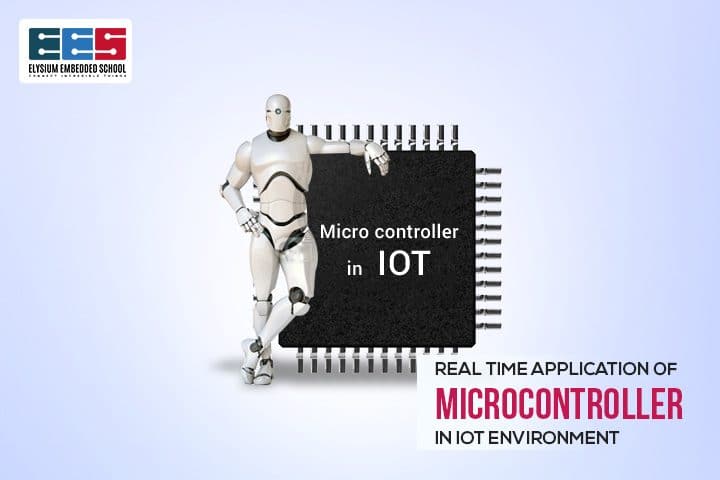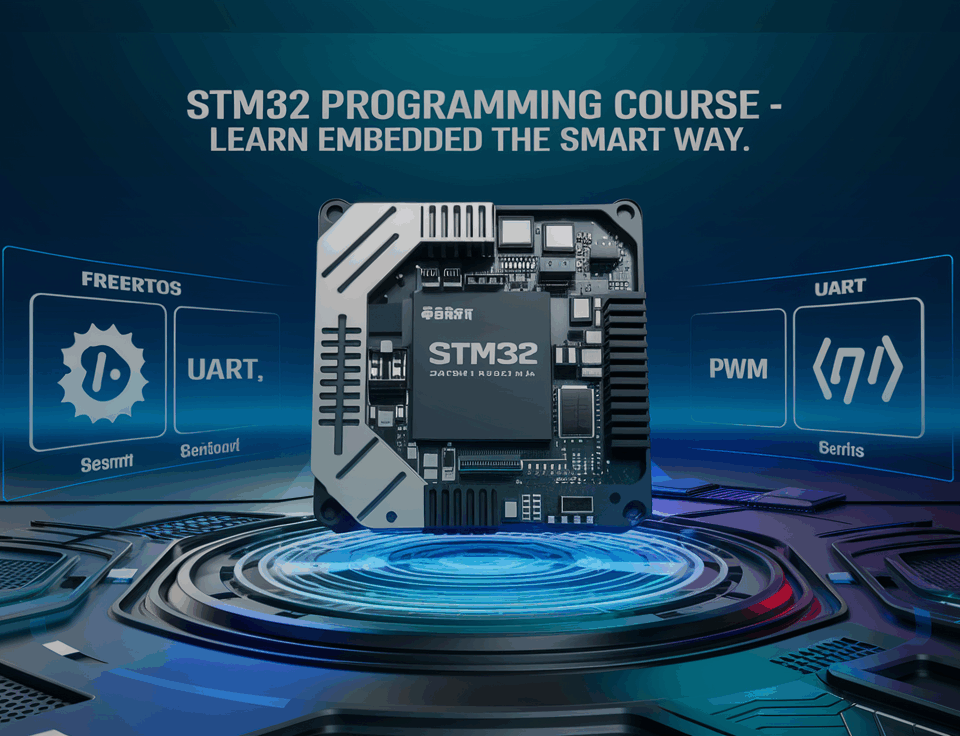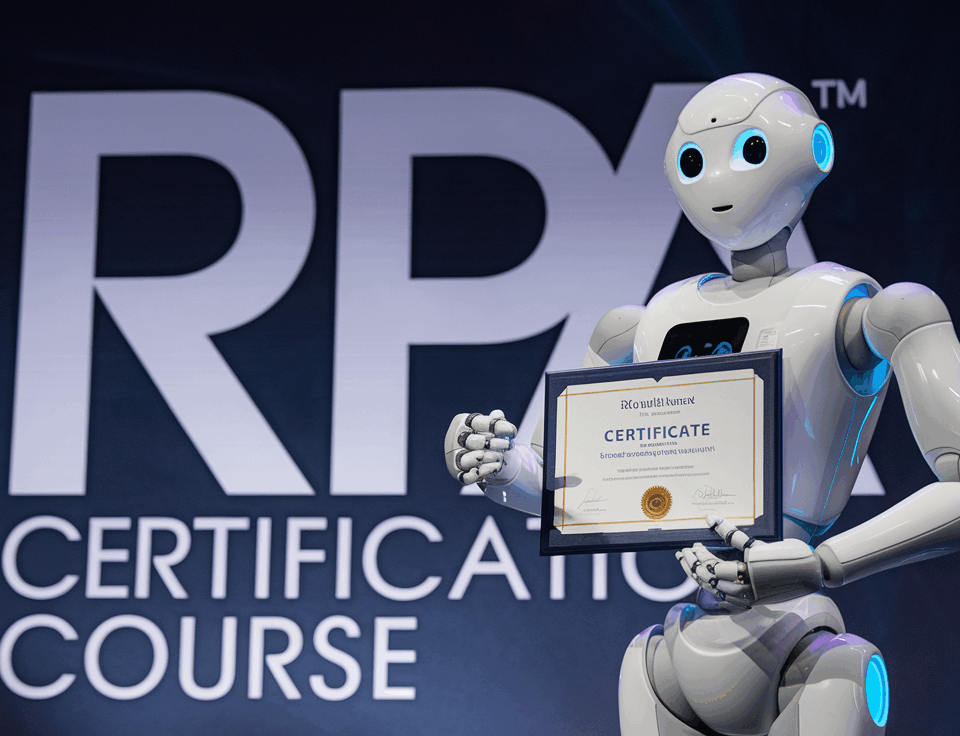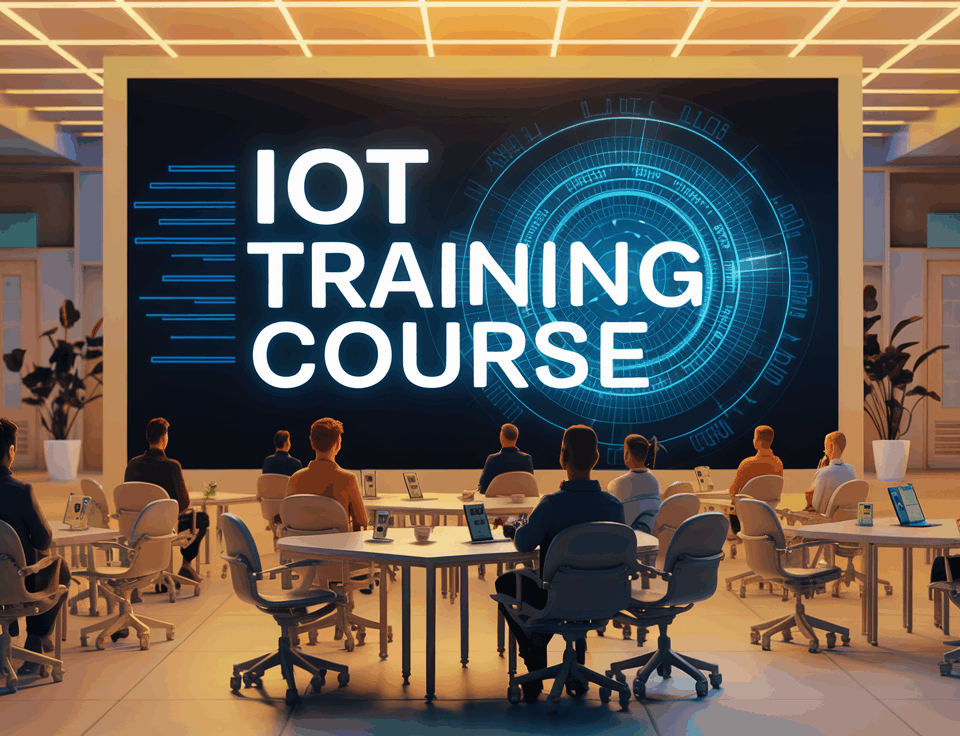
10 steps for your successful outsource knowledge through OOPs in C++
February 18, 2019
Face Detection with Raspberry Pi for IoT Environments
February 27, 2019MCU IoT:Microcontroller is a small computer which may add to any physical objects or space to give to act as the brain. It differs from a desktop computer and they are typically dedicated to a single function. It contains one or more computer processors with memory, programmable I/O peripherals in a single integrated circuit and are most often embedded in other devices such as cellphones and household electronics.
Why MCU in IoT?
Simple:The simplicity of a ARM Training is an advantage. It does not require any operating systems to function and are easy to interface with external devices such as motors and sensors. In addition, the coding may require to program an MCU is minimal.
Cost:Most of an Internet of Things applications, an MCU can deliver all the processing power and functionality. As a result, it is the best economic hardware choice for IoT applications.
Secure:MCU code runs “bare metal”, which means it includes no intermediary operating system to execute instructions. As a result, the potential attack vectors and increase inherent security. Overall, they provide simple, secure, functionality for little cost.
Select a Microcontroller for IoT
As a matter of fact, there are many different development boards and microcontrollers available from companies such as Samsung, Arduino, and Raspberry Pi Home Automation. Choose which one is right for you depends on a number of factors that vary depending on the nature of your application.
Architecture:Many applications use either ARM, X86 or MIPS. By choosing the one which depends on the functional requirements of applications and also how much computing power your system needs.
Memory:It may highly recommend that you choose a microcontroller with a comfortable amount of extra memory for future updates. This will save your time, and money.
Development Kit:Development kits are an excellent way to getting start with the microcontroller you choose because they may design to give customers an out-of-box experience. Therefore, it will make the development of your IoT application much easier.
Power:Energy efficiency is an extremely important to consider for IoT applications. Because you will minimize the need for sending maintenance crews to inspect edge infrastructure.
Real time Applications
The market for microcontroller units utilize in internet of things applications is on the rise, which is having a positive effect on market growth. The market for microcontroller used in connected cars, wearable electronics, building automation and other IoT applications will expect to grow at an overall compound annual growth rate.
- Connected cars
- Wearable electronics
- Building automation
Connected Cars
This technology helps to control the engine and brakes, as well as monitor the tire pressure and exhaust gas composition, among many other things. Connected car technology relies on an extensive network of sensors, embedded software, antennas, and communication technologies to navigate in our complex world. It has to make timely decisions with speed, accuracy, and consistency.
Wearable Electronics
A wearable device is a technology which is worn on the human body. This type of device has become a more common part of the technological world as companies may start to evolve more types of devices that are small enough to wear and that include powerful sensor technologies which can collect and deliver information about their surroundings. Wearable devices are also known as wearable technology, wearable gadgets, or simply wearable.
Building Automation
Building automation may produce an enormous amount of data that can be processed and used to inform the efficient and transparent operation of a building. The value in the Internet of Things for buildings will likely not be in the addition of millions of new internet-connected sensors, but in new internet-enabled or host software applications which use existing data from existing equipment to make the buildings operate better.




